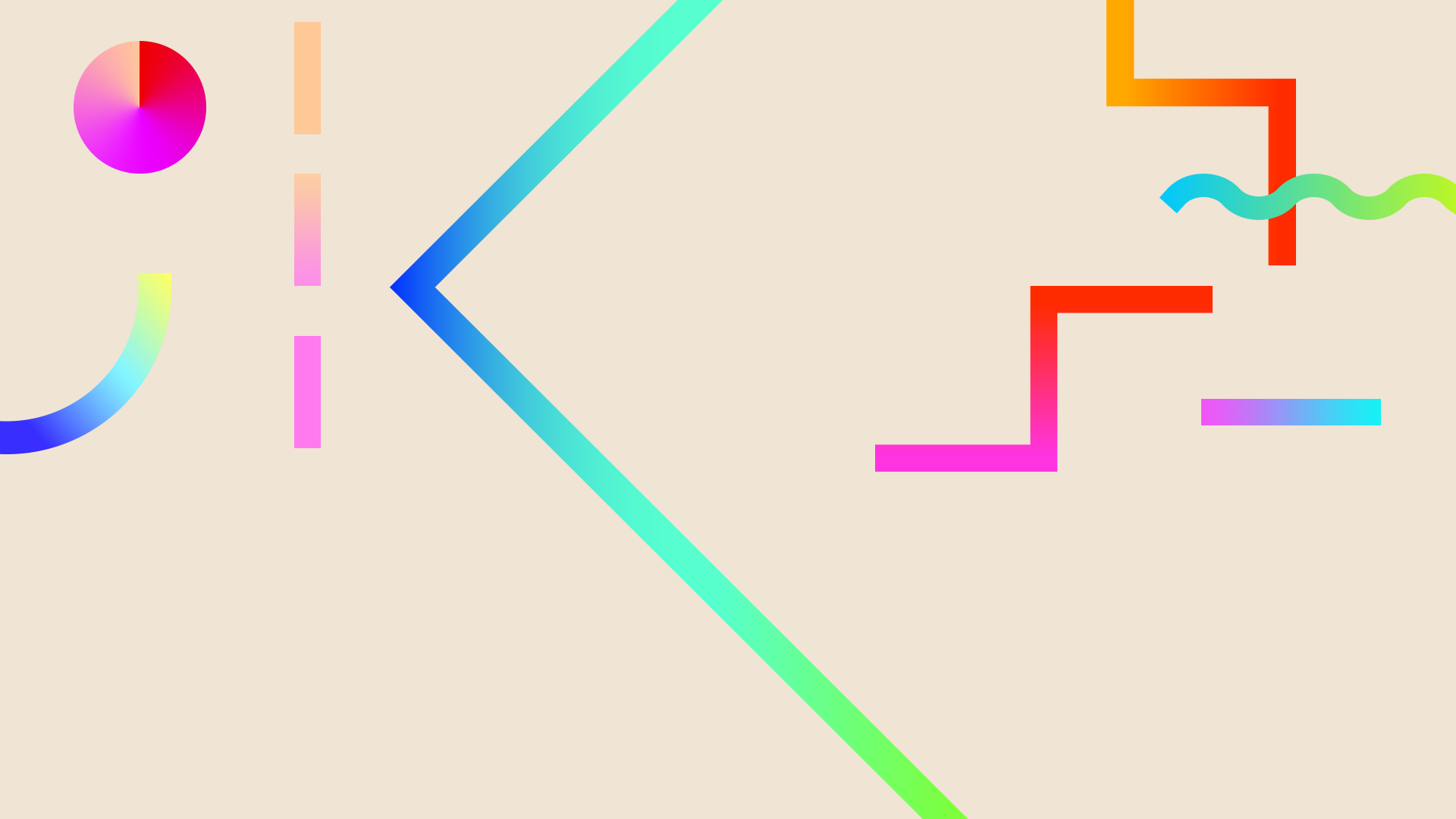
© eunsukhur.com
Sustainable Fashion Innovation
Hur, E. and Beverley, K., 2023. Fostering Sustainable Fashion Innovation: Insights from Ideation Tool Development and Co-Creation Workshops. Sustainability, 15(21), p.15499.
Abstract
Idea generation is often considered the biggest influence on both the value creation and sustainability of a product–service system. Although several researchers have put forward sustainable innovation tools, there has been limited research into potential tools that can support the ideation stage for future sustainable fashion professionals. In this study, we aim to address this gap by (1) critically examining the management control systems that support the ideation phase and how different types of tools assist sustainability innovation, (2) investigating the potential value of cocreation in the ideation phase, and (3) evaluating a sustainable fashion toolkit designed for use in co-creation workshops. The proposed application of the toolkit was tested with designers, marketers, and entrepreneurs in several co-creation workshops (n = 147) that examined the users’ experiences and the toolkit’s usefulness using task analysis. In-depth interviews with industry professionals and educators were also conducted to identify the key criteria for optimal tool development and use in both industrial and educational contexts. This study contributes at a theoretical level by proposing a sustainable fashion innovation tool that considers management control systems and practical guidelines for tool development and by delineating implications for the future of sustainable fashion education and skills.

Sustainable Fashion Bridges
Toolkit Vision and Structure
Each card features a pattern title, a description of the pattern as an open-ended question, a visual representation of a possible application of the pattern, and a corresponding description of use. The open-ended questions promote a solution-focused mindset and provide a shared problem space for collective creativity.
The different categories and their combination allow designers to undertake ideation at multiple levels. ‘Choice’ explores individual product life cycles; ‘Optimisation’ considers interventions at the industrial ecosystem level; and ‘Empowerment’, ‘Persuasion’, ‘Interaction’, and ‘Social Conversation’ operate at the system level, encouraging connections between sustainable consumption and design for behaviour change.
Roles of sustainable fashion toolkit for the ideation
Critical thinking: enabling development of critical thinking by offering problem-solving mechanisms regarding environmental and social issues in the overall clothing lifecycle.
System thinking: helping understand the impacts of holistic system–thinking and how each action can influence the rest of the supply chain.
Creativity and innovation: facilitating discussion of sustainability issues in fashion PSS design and triggering thought of what potential or alternative practices could exist for the future.
Collaboration skills: supporting the creation of dialogue and communication of shared understanding within a group of people during the co-design workshop.


The Choice pattern encompasses the entire product life cycle, from production to consumption, and includes the influence of fashion professionals’ choices on clothing production and the customer experience throughout the pre-purchase, purchase, and post-purchase processes.
Optimisation cards aim to reimagine the fashion industry ecosystem and promote a circular economy by proposing flexible production and consumption systems, as well as exploring the application of circular fashion services and system designs.
Social conversation cards combine the principles of social learning efficacy, such as the concept of creative communities, with open-source concepts that inspire individuals to participate locally and globally.


-
Empowerment cards assist in the development of products and services that meet people’s psychological and social needs by fostering meaningful relationships with clothing users and encouraging them to reconsider their behaviours by providing alternative design options, experiences, and empathy.
-
Persuasion cards use interactive activities to increase the awareness of challenges in sustainable fashion and textiles, and several academics have advocated physical and cognitive strategies, such as the appropriate use of contextual guidance, information, and systems, as design approaches to promote sustainable behaviour.
-
Interaction cards seek to minimise the cognitive effort required to function successfully and to provide an automated response by-product or service design, enabling ‘intelligent control’ through communication between goods and people
Four major types of co-designers were identified, as follows:
(1)Sustainability beginners with low levels of sustainability skills and no design experience or design implication skills.
(2)Sustainability analysts with high levels of knowledge and skills in sustainable fashion, but no design experience or design implication skills.
(3)Fashion products–service systems (PSS) designers with low levels of knowledge and sustainability skills, but high levels of experience in design implementation.
(4)Sustainable fashion innovation specialists with high levels of sustainability skills, and engagement in sustainable fashion and design implementation.
Further information is available at the link below.
Hur, E. and Beverley, K., 2023. Fostering Sustainable Fashion Innovation: Insights from Ideation Tool Development and Co-Creation Workshops. Sustainability, 15(21), p.15499.